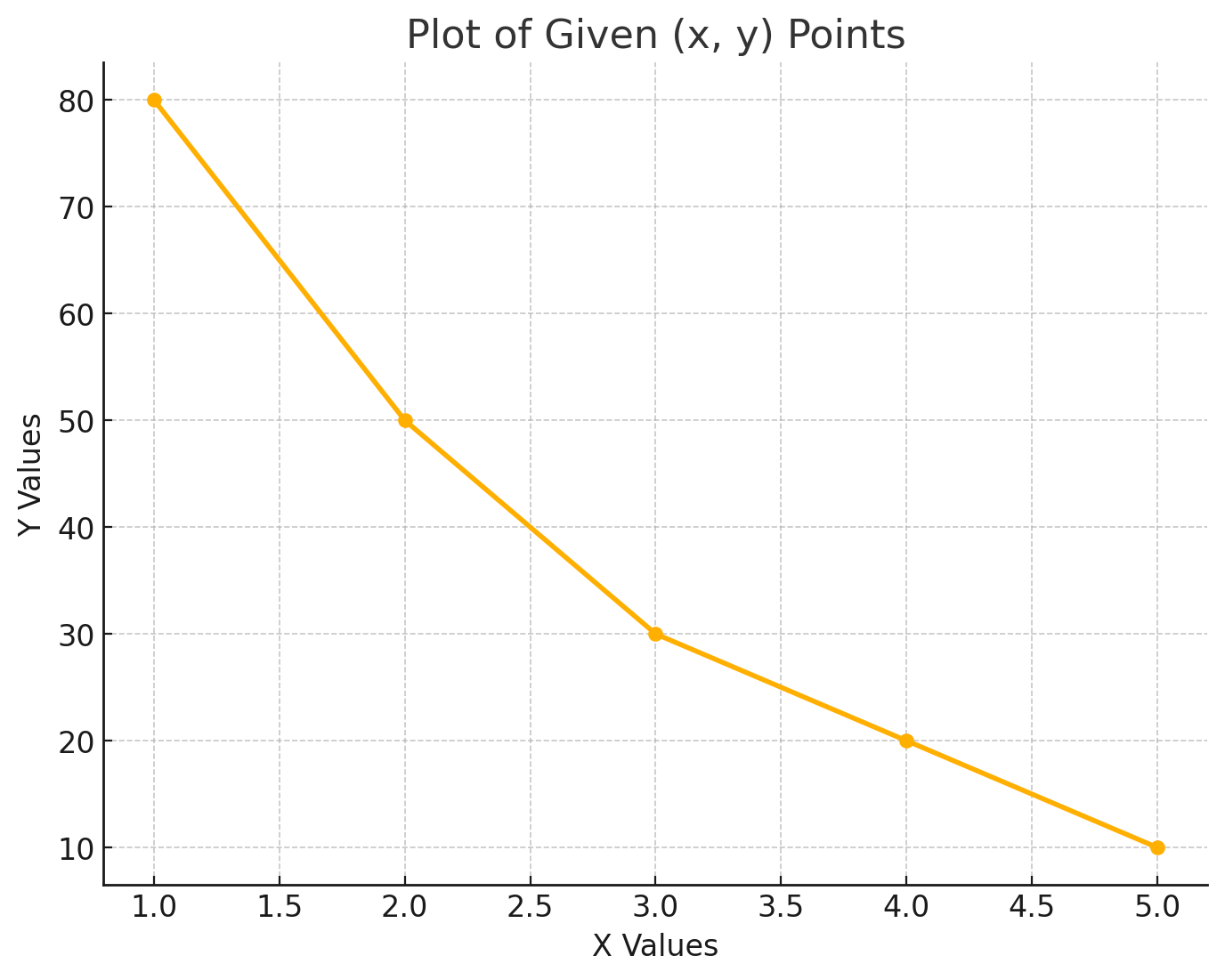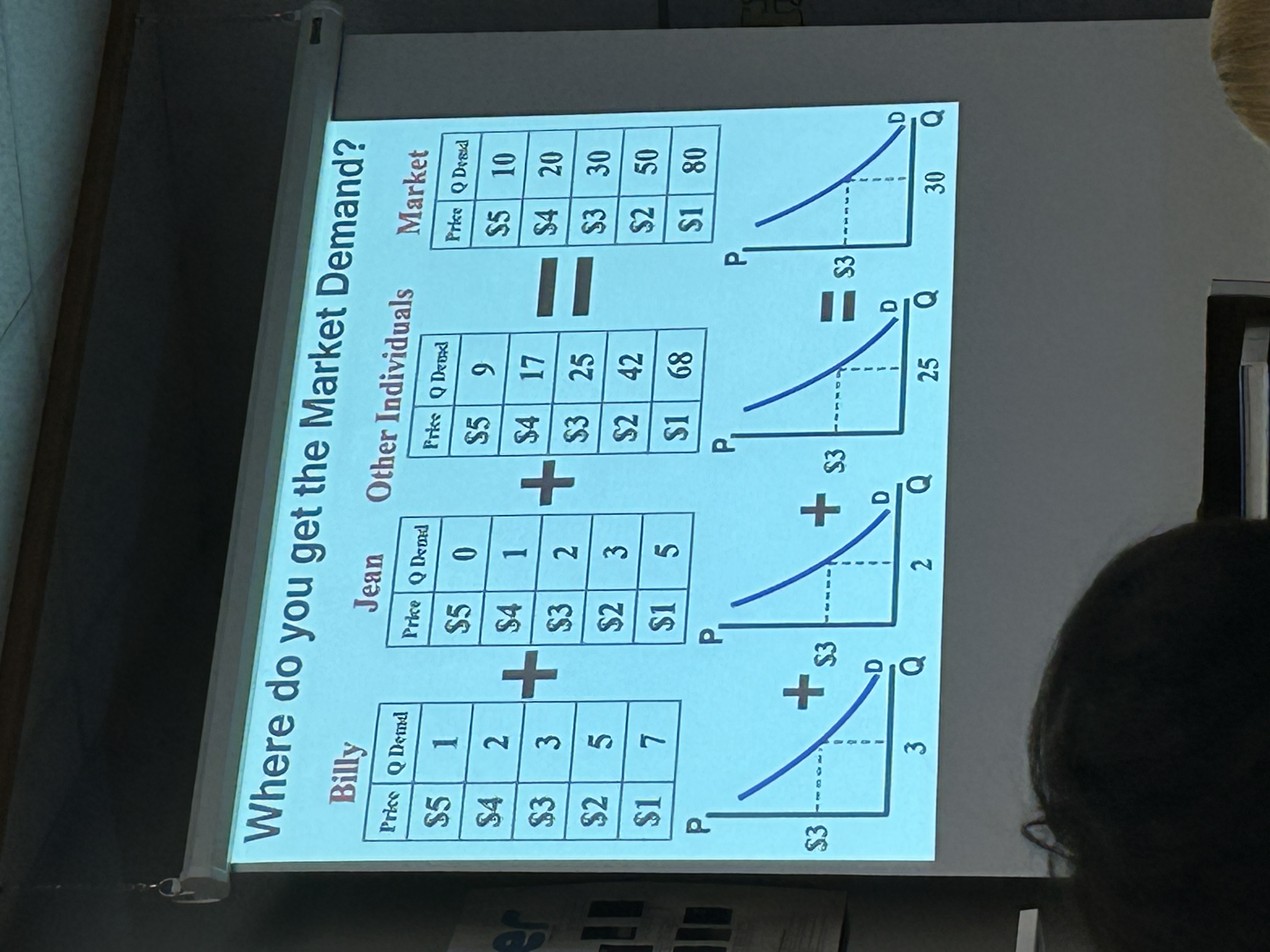What is demand?
Demand is the different quantities of goods that consumers are willing and able to buy at different prices.
What is the Law of Demand The law of demand states that there is an INVERSE* relationship between price and quantity demanded, not just quantity.
Why does the Law of Demand occur? The law of demand is the result of three separate behaviour patterns that overlap:
- The Substitution effect
- The Income effect
- The Law of Diminishing Marginal Utility
The Substitution Effect
The price goes up for one product. Consumers typically buy less of that product and more of another substitute product.
- Examples: Coke vs Pepsi; McDonalds vs Wendy’s
The Income Effect
If the price goes down for a product, the purchasing power increases for consumers–allowing them to purchase more.
The Law of Diminishing Marginal Utility
- Utility = Satisfaction
- We buy goods because we get utility from them
- The law of diminishing marginal utility* states that as you consume more units of any good, the additional satisfaction from each additional unit will eventually start to decrease
- In other words, the more you buy any good the less satisfaction you get from each new unit
Shifts in Demand
Changes in Demand
- Ceteris paribus: “all other things held constant”
- When the ceteris paribus assumption is dropped, movement no longer occurs along the demand curve. Rather, the entire demand curve shifts.
- A shift means that at the same prices, more people are willing and able to purchase that good
- There is a change in demand, not a change in quantity demanded
- Changes in price DO NOT shift the curve
The Demand Curve
- A demand curve is a graphical representation of a demand schedule
- The demand curve is downward sloping showing the inverse relationship between price and quantity demanded
- When reading a demand curve, assume all outside factors, such as income, are held constant. This is called ceteris paribus.


5 Shifters in Demand
- Tastes and Preferences
- Number of Consumers
- Price of Related Goods
- Income
- Future Expectations Changes in price do not change the curve, it only causes movement along the curve
Prices of Related Goods
The demand curve for one good can be affected by a change in the price of ANOTHER related good.
- Substitutes are goods used in place of another.
- If the price of one increases, the demand for the other will increase (or vise versa)
- Ex: If price of Pepsi falls, demand for coke will… (Decrease)
- Complements are two goods that are bought and used together.
- If the price of one increases, the demand for the other will fall. (or vice versa)
- Ex: If price of skis fall, demand for ski boots will.. (Increase)
Income
The incomes of consumer change the demand, but how depends on the type of good
- Normal Goods
- As income increases, demand increases
- As income falls, demands falls
- Ex: Luxury cars, Seafood, Jewelry, Homes
- Inferior Goods
- As income increases, demand falls
- As income falls, demand increases
- Ex: KD, used cars, used clothes
Supply
Supply is the different quantities of a good that sellers are willing and able to sell at different prices.
Law of Supply
There is a DIRECT (positive) relationship between price and quantity supplied.
- As price increases, the quantity producers make increases
- As price falls, the quantity producers make falls
This is because at higher prices profit-seeking firms have an incentive to produce more.
6 Shifts of Supply
- Prices / availability of inputs (resources)
- Number of Sellers
- Technology
- Government action: taxes & subsidies
- Opportunity Cost of Alternative Production
- Expectations of Future Profit